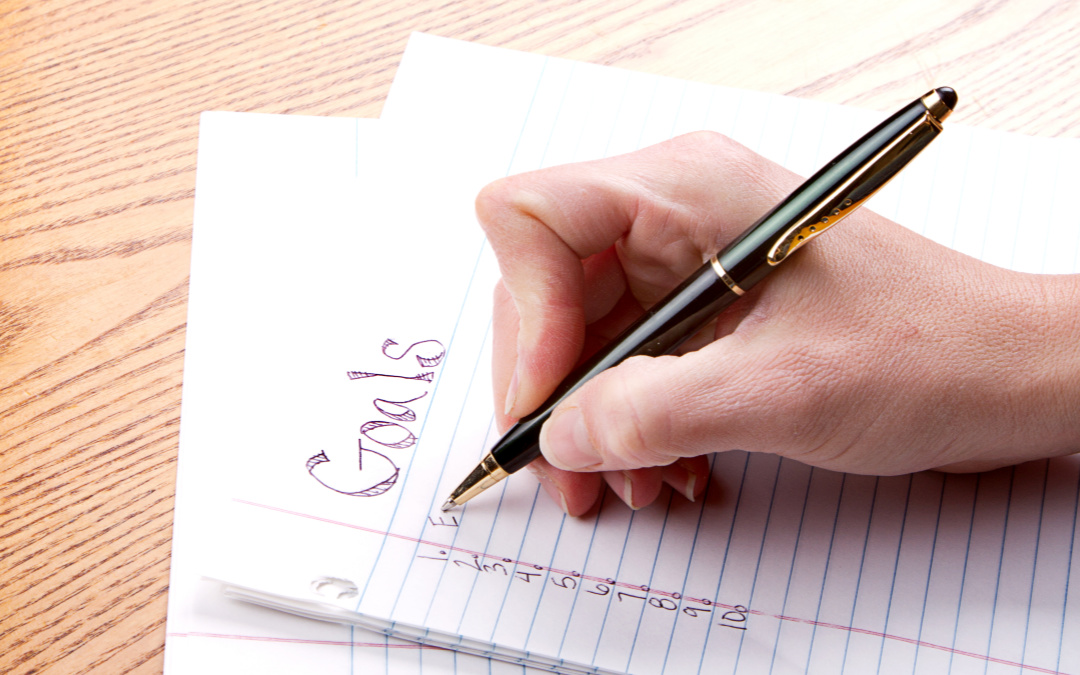Wouldn’t it be nice to break our bad habits and create good ones?
Let’s take a look at some examples of bad habits:
- Drinking alcohol
- Eating fast or junk food
- Smoking
- Watching too much TV
- Spending mindless hours online
- Overspending money
- Swearing
- Finding excuses to avoid exercising
- Constantly chewing on something such as nails, straws, pens, or other non edible items
- Not getting enough sleep
Even though we know that these unhealthy behaviors are not good for us, we keep repeating them over and over because they provide instant gratification.
Why Do Bad Habits Feel Good?
Bad habits feel good in the moment.
They provide immediate relief of stress or boredom.
We may be stressed before an important meeting so we keep snacking on sugary treats.
The first response of our body to all that sugar is the release of dopamine, which makes us feel happy.
The problem is that when we eat sugar too frequently, our brain needs more and more sugar to experience that same happy effect in our body.
Bad habits feel good because they are:
- easy
- automatic
- satisfying
However it is possible to break bad habits and create good ones.
Let’s look at a step by step process.
Break Bad Habits and Create Good Ones
This step by step process is based on James Clear’s book Atomic Habits.
1 – Become Aware of Your Bad Habits
The first step to break a bad habit is to identify it.
Make a list of all your habits from the moment you wake up to the moment you go to bed.
Classify the behavior as positive or negative.
A positive habit would be to brush your teeth, take a shower, or eat healthy food.
A negative habit could be waking up late, rushing out the door, or not being able to decide what to wear.
If you are not sure if a behavior is positive or negative ask yourself if the habit will help you to become the person you want to be or not.
For example spending 2 hours on social media may be a strategy that will benefit your business because you will find new clients. It could be considered a positive behavior.
However, if social media is a distraction that keeps you from completing your work it would be considered a negative behavior.
A habit could be positive or negative depending on your particular circumstances and the person you want to become.
2 – Identify a Bad Behavior You Want to Break
Once you have a clear picture of your daily habits, it’s time to identify a negative behavior that you want to change.
You may have more than one bad habit, however focus on just one.
3 – Decide What New Good Habit You Want to Create
Start with a habit that is small and easy.
Be specific when creating your new habit.
Saying I want to eat healthy food is vague. The problem with not being specific is that our mind will trick us by thinking that we can do it later.
For example if I am having lunch and I remember that I want to eat healthy food, I could just postpone it for dinner. When the evening comes, I may decide that I will start tomorrow.
That’s how some good habits may never get started.
James Clear states that many times we struggle with creating a new habit and believe that the problem is a lack of motivation.
However, the real problem is a lack of clarity. We are not sure of what exactly we are trying to accomplish.
Describe in detail the new habit you want to create.
Here are 10 Good Habits to Have for a Happy Life.
4 – Make a Plan
Once you know what new habit you want to create write down how you will include that new habit in your regular schedule.
When and how will you use your new habit?
In addition, do you anticipate any obstacles?
Describe in detail how you will overcome these obstacles.
For example:
I will choose a fruit for my morning and afternoon snacks (instead of a candy bar).
How will you make sure that you always have a fruit available?
What would you do if you are in a meeting?
If you forgot to pack a fruit, what could you do?
If people are sharing donuts, will you still eat your fruit?
Writing down your intention will help you stick to your plan.
In summary, if you have a detailed plan of when and where you will use your new habit as well as how to overcome possible obstacles, it will be easier to stick to the new habit.
Moreover, knowing exactly what your new habit will look like will provide clarity and you will be able to repeat the behavior easily.
5 – Stack Your New Habit to Old Positive Habits
When you start a new habit the easiest way to be consistent is to attach it to a good habit you already have.
Think about habits you already have such as:
- waking up
- brushing your teeth
- having breakfast
- enjoying a midmorning snack
- having lunch
- walking the dog
- taking a shower
- preparing dinner
- going to bed
Most people have a lot more than these positive habits.
To which of these habits could you attach your new habit?
For instance if you want to eat more healthy food you could attach this new habit to any of your already established habits.
Start with the easiest one.
6 – Design Your Surroundings for Success
Many times, we perform habits because we are triggered by our environment.
If my new habit is eating healthy food but my pantry is full of chips, cookies, and candy bars, it will be extremely difficult to break the old habit of eating junk food and create a new habit of eating healthy food.
However, if I make sure there are only healthy options available, it will be much easier to create the new habit of eating healthy food.
If I am hungry and see fruit on the counter, it is more likely that I will choose a healthy option than if the food is in the refrigerator and candy bars and cookies are on the counter.
Find ways to make it easier to perform the good habit and difficult to do the bad habit.
Moreover, our beliefs, values, family members, and friends will also impact how much effort is needed to break bad habits and create good ones.
Therefore if the new habit is praised and accepted by the people around you, it will be easier to include it in your life.
7 – Look at the Good Habit from a Positive Point of View
If you are trying to eat healthy, think about the food options that will make you feel more energetic instead of thinking that you are depriving yourself from the most tasty and yummy food.
Associate your new habit with something that is satisfying.
For example if you are trying to create the habit of eating healthy food, after one week of making good food choices reward yourself with a bubble bath, your favorite movie, or a manicure.
However, make sure to not reward yourself with something that contradicts the habit you are trying to create such as indulging in unhealthy food choices.
If we feel that our new good habit is satisfying it is more likely that we will repeat it.
8 – Take it One Step at a Time
When creating a new habit, what counts is repeating the new behavior.
If we are not successful 100% of the time, that’s OK.
However, what counts is to make little steps toward achieving our desired behavior.
This means that if one day you eat unhealthy food or overeat, there is nothing to worry about. Just continue with the good habit as soon as possible.
The more we practice a behavior, the more automatic it will become through repetition.
In addition we can fine tune a habit once it becomes automatic.
9 – Track Your Progress
Measuring your progress makes a good habit more satisfying.
It feels good to see that you are making progress by marking on your calendar that you completed the good habit for the day.
10 – Stay Motivated
An accountably partner can motivate you to stay on track and choose the healthy habit over the bad one.
In addition, if you want to break a bad habit and create a good one keep the habit and the reward fresh and interesting.
For example, if you are trying to eat healthy food, you will soon get tired of eating lettuce, tomato, and carrots. Try different veggies, fruits, and healthy alternatives to keep it fresh, tasty, and exciting.
Lastly, review your habits every six months to make sure they are still relevant to your goals and the person you want to become.
For example you may have started the habit of writing everyday for an hour because you wanted to write a book. Even though you are keeping up with your habit, you discovered that you are more interested in making videos than in writing a book.
When your habits align with the person you want to become, it is easier to perform them.
Conclusion
Creating good habits will improve your every day life.
Even though eating healthy food is a small change, it can ignite more and more positive changes.
Once you eat healthy food, you will feel with more energy and your self-esteem will be stronger because you are able to keep your new habit.
This will encourage you to include more healthy habits into your life creating more well-being and satisfaction in other areas of your life.
What bad habit would you like to break? Do you already know the good habit you want to replace it with?
Let me know in the comments below.
You May Also Like






Breaking a bad habit can be really hard to end but these are some really great ways to make new and better habits. Tracking your progress is always a good idea.
breaking bad habits is really not so easy but yeah it is also not impossible…therefore glad you shared these ideas and all with us..great work though..
I’m guilty of the swearing part! lol It’s been a bad habit of mine for a long time. Though I am aware of it, breaking it has been so tough.
Really helpful lists and tips. I’m thinking that if we were able to incorporate even 3-5 of those , the world will be a better place.